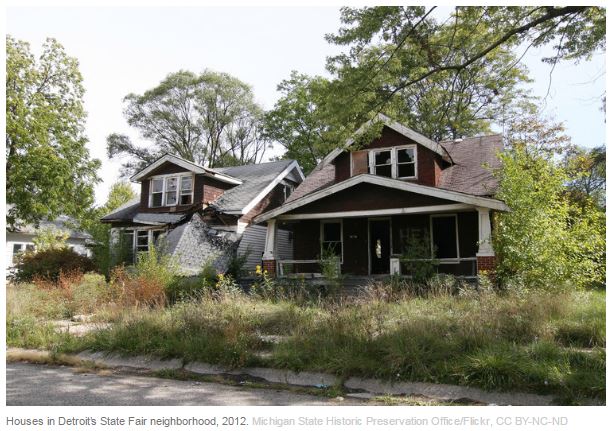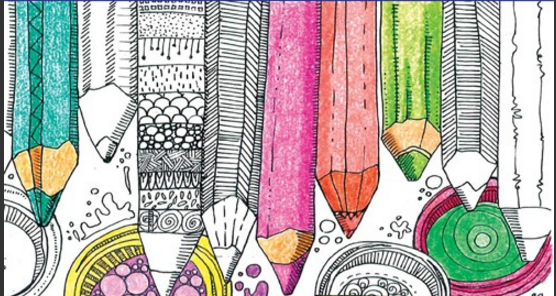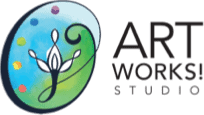
The Art of Education, Resilience and School Reform

I am worried about my students and their families. I have been for a long time. Over the last two decades of my teaching career, I have experienced “the change” – in the way we “do” school, in the eroding quality of living of the urban students I teach – both in their homes and in the actual brick and mortar of the educational institutions where my students and their teachers spend most of their waking hours.
I have experienced the change in the attitude of school administrators and their diverse definitions of “separate is not equal” and of “free and appropriate education” and the blatant violation of student’s civil rights in the daily life of our teaching and learning.
I have experienced the change in the laws and the growing negative public opinion of teachers and the teaching profession. When I first received my certification as an art teacher twenty years ago, I experienced the change in school budgets and cuts of art, music, gym, and library programs, and massive layoffs of general education teachers.
I experienced the change in the number of public charter schools in the city of Detroit when they grew from eight in the 1990s to ninety-four in 2015. I experienced the change of local control to state control of our district, the flavor of the month curricular focus, and million-dollar adoptions with each emergency manager. I watched neighborhood schools close and the creation of turnaround schools and the EAA (Education Achievement Authority). The change I have experienced, as a teacher and school administrator over the past two decades has been a downhill spiral, progressively and violently taking our children and their teachers with each wave of change.
It’s like this. People standing on a beach often feel the water tugging the sand away from under their feet. This is the undertow, the current that pulls the water back into the ocean after a wave breaks on the beach. School reform is not so unlike a wave’s undertow – and has caused a serious decline in the breadth and quality of educational services. I have felt the beach crumbling effect slowly over the last two decades of aspiring to “be the change I want to see” as I have struggled to stay afloat amidst the shifting waves of school reform.
I have felt for a long time that there is a relationship between the change and declining school achievement. It is not really rocket science, but it is extremely important (and understated) as we struggle to answer the question, “What to do about our American urban schools?” I have participated in an online trauma-informed practice sponsored by IATP (International Association of Trauma Professionals) and my studies have confirmed that 1) adverse childhood experiences, known as ACEs are increasing in numbers and frequency and 2) they impact not only school academic achievement but the quality of life and health of those children when they become adults. My experience as an urban educator has been – as more and more of our children (and each year there are more and more) show up stressed by the effects of poverty, learning often takes the back door. This change is taking its toll.
 Research tells us that children who are hungry, grieving, living in fear of guns and domestic violence, and of ICE taking their parents away while they are at school can’t learn well. Nor can the ones that live in crowded substandard housing, that move frequently, that are abused or neglected, that don’t have anyone in their lives who are unconditionally crazy about them, Neither can the ones that don’t come to school with enough vocabulary or any books in their home or those who don’t live in safe walking distance of a public library or can enjoy a safe walk to the school they attend. The list of challenges goes on and on – ad nauseam – and quite frankly is beyond most people’s imagination and/or comprehension.
Research tells us that children who are hungry, grieving, living in fear of guns and domestic violence, and of ICE taking their parents away while they are at school can’t learn well. Nor can the ones that live in crowded substandard housing, that move frequently, that are abused or neglected, that don’t have anyone in their lives who are unconditionally crazy about them, Neither can the ones that don’t come to school with enough vocabulary or any books in their home or those who don’t live in safe walking distance of a public library or can enjoy a safe walk to the school they attend. The list of challenges goes on and on – ad nauseam – and quite frankly is beyond most people’s imagination and/or comprehension.
The complex problems of our public schools require comprehensive, multifaceted revitalization strategies that are grounded in more than improving high stakes standardized test scores which I can’t address fully in the breadth of this article. But I know from my own teaching experience and academic studies that we must begin to focus on building resilience to heal the traumatic experiences that our children living in poverty suffer.
I recently read “Resilience” published in “Waldorf Today”, an electronic newsletter. The author rang a bell for something I know and care a lot about.
“We know that what enables children to work through trauma more than anything else is art or artistic activity … This fact has been documented in lots of places and it confirms the healing power that can come from art. Art needs to become a normal part of every form of education.” Christof Wiechert
He states that the researchers on resilience or the ability to bounce back and overcome the impact of traumatic experiences found that resilience is not innate but it’s learned in early childhood. To teach resilience, several conditions need to be present in early childhood. It includes many things educators don’t have control over in the school setting but there is one condition that educators (and politicians through policy-making) have the power to provide – a surplus of positive school experiences. In particular, children need to feel fully accepted by their teachers, to go to school in a warm, loving environment. As children experience emergencies in life (natural disasters, a loved one gets sick or a parent loses a job, etc.) and live in less-than-desirable environments and live through the childhood traumas that create toxic stress – our schools need to provide opportunities for children to work through those traumas they experience. Research has shown that creative free play and artistic activities can heal trauma. Hence, art needs to be a part of every educational curriculum. Children (of all ages) are – after all – more than just a test score (any parent knows that).
We can’t solve the problems that are a direct and indirect result of the change in the way we do school that has come about over  the last twenty years, but we can quite easily support the development of creative and innovative thinking and problem-solving through supporting the arts in our schools. This is a public problem that is our responsibility to address and resolve.
the last twenty years, but we can quite easily support the development of creative and innovative thinking and problem-solving through supporting the arts in our schools. This is a public problem that is our responsibility to address and resolve.
As an important and related side note … author and educator, Steve Van Bockern published, Schools That Matter, a wonderful article with an important reminder …
“Time will tell what kind of life this new administration will build. While I point at politicians and criticize, my dad told me, “Remember, when you point a finger, three of your other fingers are pointing right back at you.” I don’t want to spend my professional life as a naysayer. I want to be part of the conversation about creating schools that I would be happy to see my grandchildren attend.”
Lakota leader, Sitting Bull said it well … so “Let us put our minds together to see what kind of life we can build for our children.” Please, next time you go to the polls, vote with children in mind. Remember, Art Works! And perhaps, you can take a minute or two and make something with a student at a school near you.
Sources:
- http://cflearning.org/wp-content/uploads/2017/02/Schools-that-Matter_vol_2-4.pdf
- http://library.intellectualtakeout.org/library/cost-public-school/public-school-spending
- Graphic #1 – http://www.laroue.org/professionnels/article/400-des-bebes-et-des-fleurs
- Graphic #2 located @ http://www.builderonline.com/money/back-from-brink-of-bankruptcy-detroit-still-has-a-long-way-to-go_c
- Graphic #3 – located @ cloth paper and scissors: Coloring Book Sketchbook | NorthLightShop.com
Share
If you're new here, you may want to subscribe to my RSS feed. Thanks for visiting!

